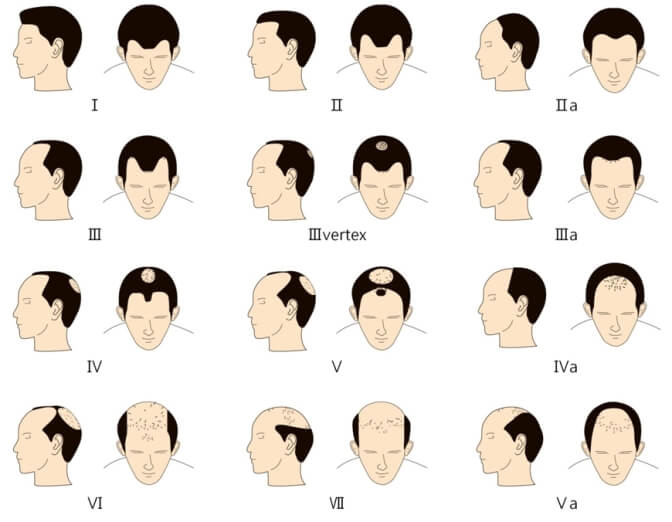
The universal standard of MPB (Male Pattern Baldness) categorization was described by Dr Norwood in 1975 - the Norwood Classification. However after seeing thousands of cases, we found that many patients do not actually fit into the types. Women can have Male Pattern Baldness which is typically the receding of hairline into a M-shape. The Norwood system should be used as guideline only.
Normal Type
Type I |
|||
 |
 |
• No receding apex • No receding of mid-hairline • No loss of hair density • Seen in 18 - 20 of age |
|
Type II |
|||
 |
 |
• Apex recedes less than 2.5 cm • Slight receding mid-hairline • usually seen in age 20 - 30 |
|
Type III |
|||
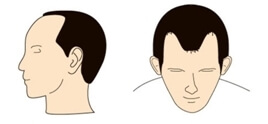 |
 |
• Obvious receding apexes • Obvious receding mid-hairline • The early stage of MPB |
|
Type IV |
|||
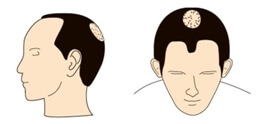 |
 |
• Density falls along hairline • Skin is exposed in vertex • Thick hair remains in between |
|
Type V |
|||
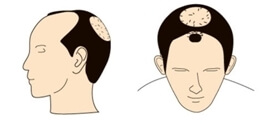 |
 |
• Further loss of hair density • Minimal hair remains in between |
|
Type VI |
|||
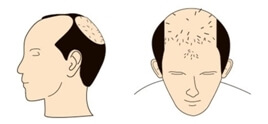 |
 |
• Minimal hair from front to crown | |
Type VII |
|||
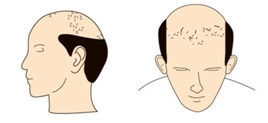 |
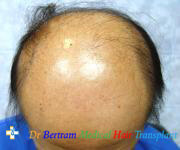 |
• No hair on top • Only rim of hair at the occipit • Shapes like a horse-shoe • Also thinning above ears |
|
Type A Variant
The entire frontal hairline border progresses posteriorly without vertex baldness.
Type IIa |
|||
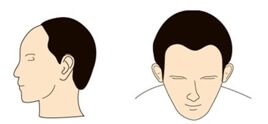 |
 |
• Whole hairline recedes | |
Type IIIa |
|||
 |
 |
• Empty front 1/2 | |
Type IVa |
|||
 |
 |
• Empty front to back | |
Type Va |
|||
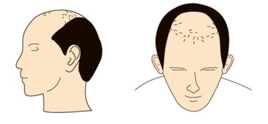 |
 |
• Baldness up to crown • Thick hair at occipit |
|
Type Vertex Variant
Vertex baldness occurs before hairline recedes.
Type III Vertex | |||
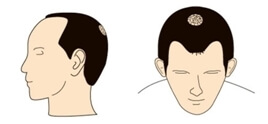 |
 |
• Thinning starts at top • Hairline later recedes |
|
Message from the Doctor
Welcome to “Doctor's Talk,” where I’ll talk about everything related to hair loss and hair transplants. This series is here to help you understand more about how hair treatments work and what you can expect from them. The information provided is based on my 18 years of experience in dealing with hair loss.
Disclaimer -
Please note that this series is purely educational. Reading these posts does not guarantee my services, nor are they intended for business promotion. Information provided is not guaranteed to be up-to-date and should not be considered a substitute for professional medical advice.
Any opinions discussed may not be universally accepted or applicable to all individuals. Always consult a healthcare professional before making any decisions related to your health.

